Question: What code should be reported for x-ray-based cross-sectional imaging (e.g., cone beam CT, DynaCT, 3DCT, spin CT) performed during a hepatic arterial embolization procedure?
Answer: Vascular embolization codes (37241–37244) include all image guidance needed to complete the procedure in their descriptors (including any CT imaging used for procedural guidance) regardless of the equipment used to generate the cross-sectional images (e.g., independent CT scanner or cone beam CT feature of fluoroscopy equipment). Reporting of limited CT (76380) in this setting would be considered unbundling of the base code. In this regard, any subsequent post-processing, whether performed on the same workstation (76376) or a separate workstation (76377), would be bundled in the base-vascular embolization code and not separately reported.
Question: In what setting would a provider be expected to report the existing codes for limited CT imaging and/or 3D rendering of CT with interpretation and reporting?
Answer: Reporting codes for limited computer tomography (76380) and interpretation and reporting of 3D renderings of CT without image processing (76376) or with image processing (76377) are commonly expected in a diagnostic setting where no intervention is performed. Guidance by SIR in 2021 previously reviewed this distinction:
- The appropriate reporting of any diagnostic imaging code during an intervention requires the documentation of diagnostic uncertainty prior to initiation of the procedure.
- Documentation of the subsequent imaging findings and their significance is also required.
Along these lines, utilizing intraprocedural CT imaging is not considered diagnostic imaging when determining the best approach to a lesion; however, determining whether a lesion exists or not falls under this coding. For example, if a provider performs a diagnostic angiogram and performs intraprocedural CT imaging that demonstrates the absence of disease, 76376/76377 or 76380 codes could be reported in addition to the base code, as appropriate. Another example—if it is unclear prior to a procedure whether a patient has an abscess (e.g., no prior imaging, prior imaging without contrast or degraded), a limited CT performed intraprocedurally is appropriately reported with 76380.
There are currently no National Council on Compensation Insurance (NCCI) edits regarding reporting these codes with other relevant procedural codes. Though no NCCI edits exist to assist with coding, the documentation burden for medically indicated use of these codes is specific. A CMS Local Coverage Determination on this topic, however, states that the services “may be considered medically unnecessary and denied if equivalent information obtained from the test has already been provided by another procedure (magnetic resonance imaging, ultrasound, angiography, etc.) or could be provided by a standard CT scan (two-dimensional) without reconstruction.” An associated Local Coverage Article delineates the limited diagnosis codes that will be considered as medically necessary indications for 76376 and 76377 (e.g., R91.8 other nonspecific abnormal finding of lung field).
Disclaimer: SIR is providing this billing and coding guide for educational and information purposes only. It is not intended to provide legal, medical or any other kind of advice. The guide is meant to be an adjunct to the American Medical Association’s (AMA’s) Current Procedural Terminology (2024/CPT®). It is not comprehensive and does not replace CPT®. Our intent is to assist physicians, business managers and coders. Therefore, a precise knowledge of the definitions of the CPT descriptors and the appropriate services associated with each code is mandatory for proper coding of physician service. Please refer to 2024 CPT® for full and complete guidelines.
Every reasonable effort has been made to ensure the accuracy of this guide; but SIR and its employees, agents, officers and directors make no representation, warranty or guarantee that the information provided is error-free or that the use of this guide will prevent differences of opinion or disputes with payers. The publication is provided “as is” without warranty of any kind, either expressed or implied, including, but not limited to, implied warranties or merchantability and fitness for a particular purpose. The company will bear no responsibility or liability for the results or consequences of the use of this manual. The ultimate responsibility for correct use of the Medicare and AMA CPT® billing coding system lies with the user. SIR assumes no liability, legal, financial or otherwise for physicians or other entities who utilize the information in this guide in a manner inconsistent with the coverage and payment policies of any payers, including but not limited to Medicare or any Medicare contractors, to which the physician or other entity has submitted claims for the reimbursement of services performed by the physician.


